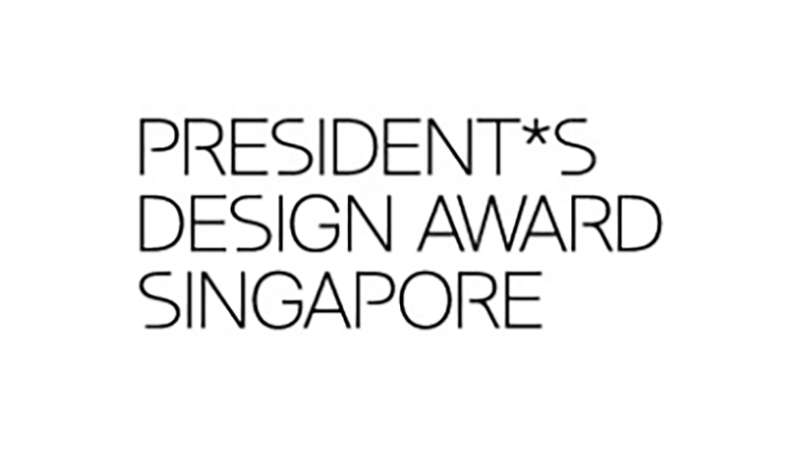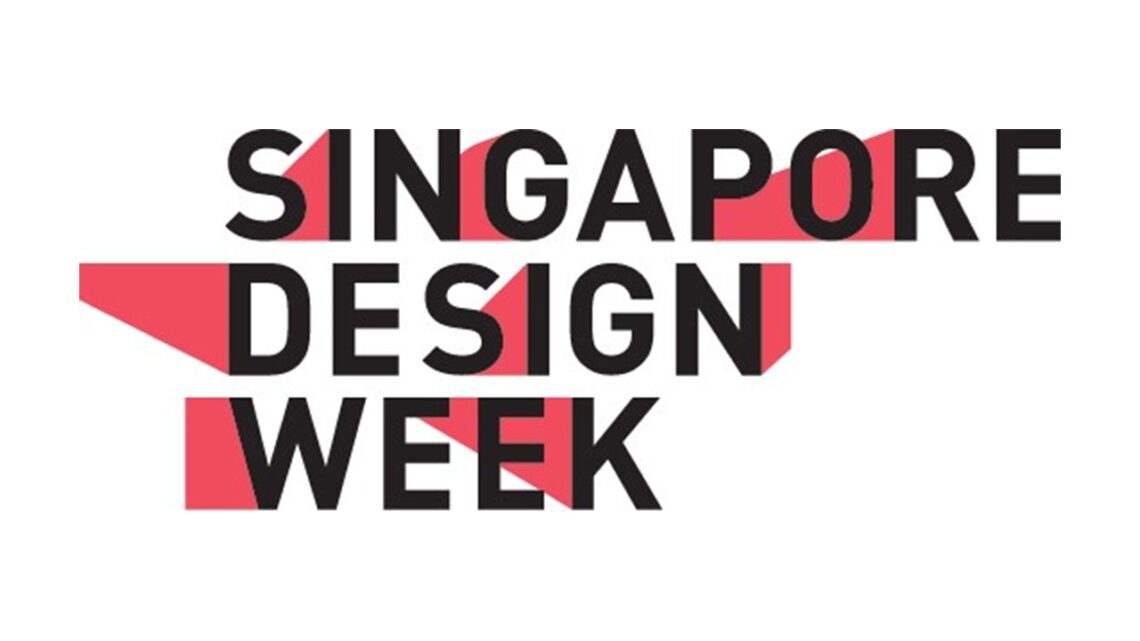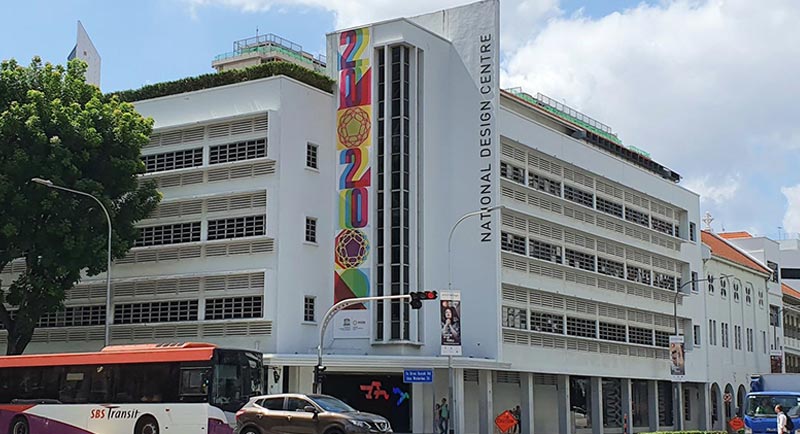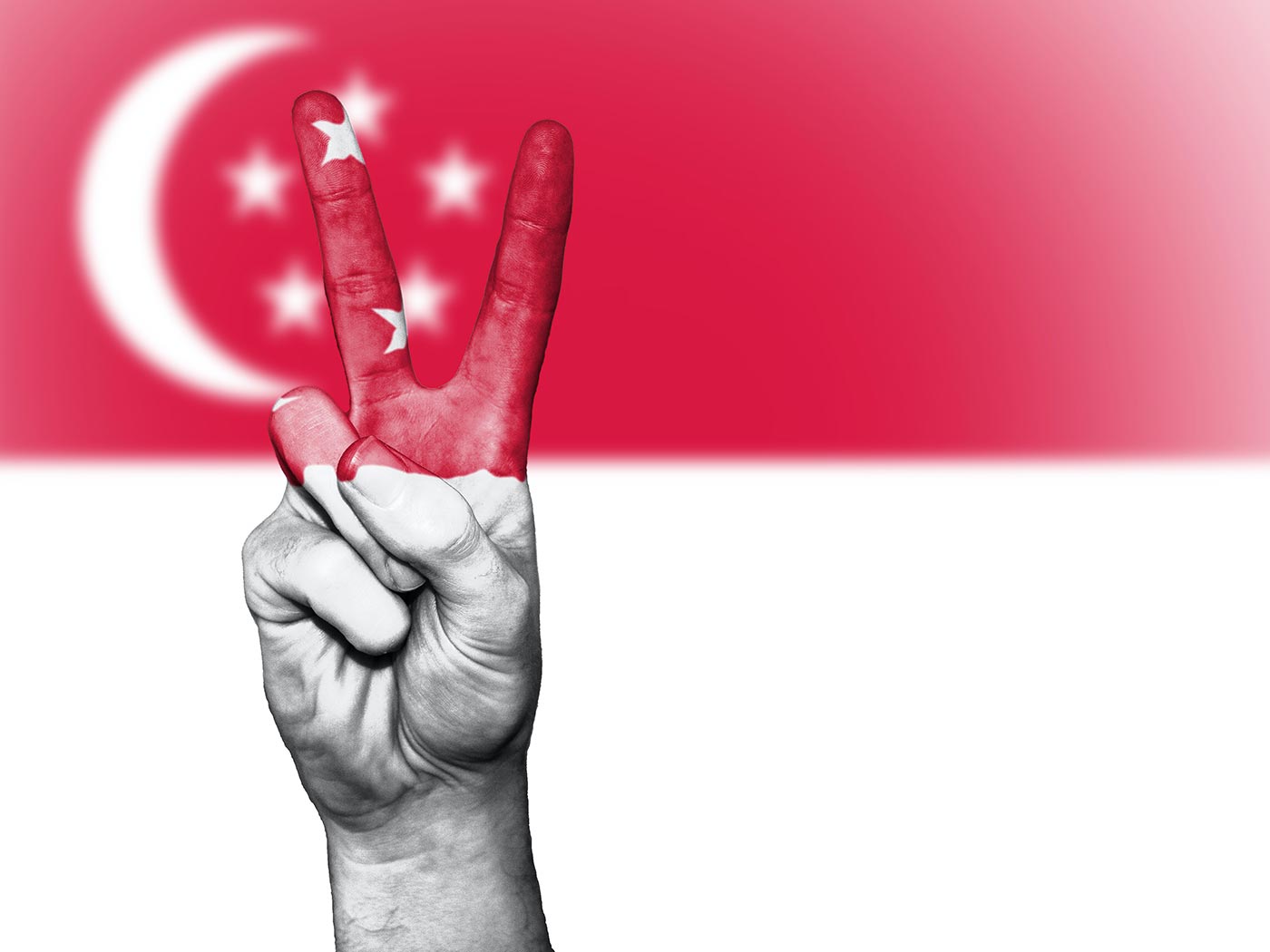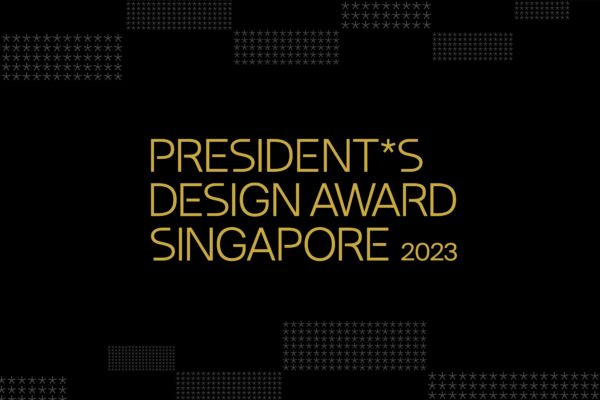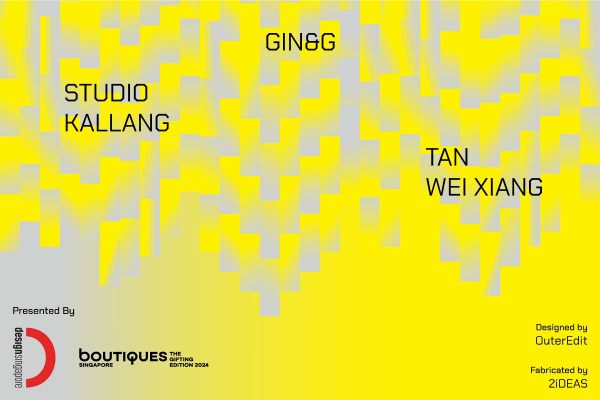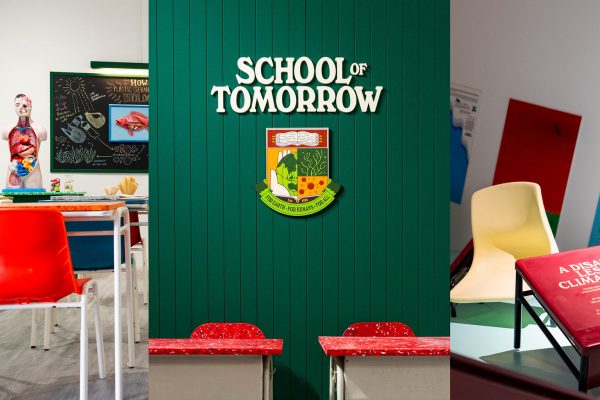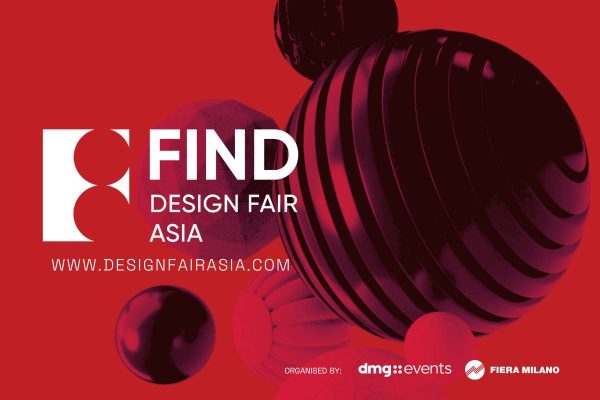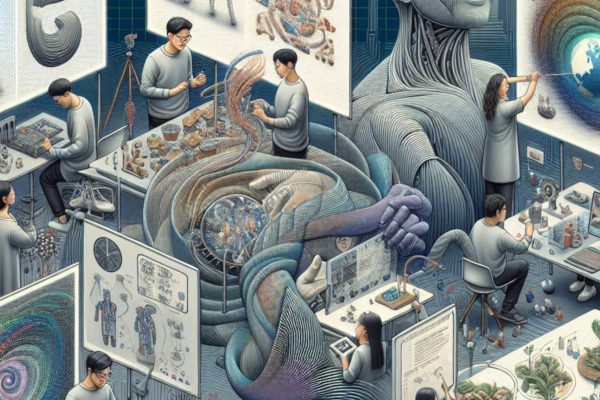In this collection of articles, we explore how Singapore’s design education can develop its own identity and value prepositions.
What is Singapore Design?
Design Anthology
Singaporean design may not be distinguished by an aesthetic style like Scandinavian and Japanese design, but it is united by pragmatism and nation-building concerns, says principal of DP Architects Mike Lim. How might local design education build upon this foundation that propelled Singapore into a first-world nation while continuing to innovate on its design DNA? Read the article here.
Education Finland
Education Finland (2020)
Virtual events, working from home and learning going online — businesses and schools are accelerating their digital transformations because of the pandemic. How can designers ride on these changes to dream up innovative solutions to help businesses and organisations thrive in a post-Covid world? Read the article here.
Reinventing Design education for 2020 and beyond
Times of India (2020)
Singapore is just one of many countries rethinking design education. Learn how the NMIMS School of Design in India is preparing its students for a future of design that is digital by “humanising technology” and to “learn by doing”.
James Dyson: Why I built my own university, without student debt
Wired (2018)
Companies can offer a better and more practical learning experience than increasingly expensive education systems offering uncertain outcomes, says the founder of Dyson. The British technology firm has set up institutes to train the next generation, following in the footsteps of others such as the Samsung Art & Design Institute, to offer an industry-led model of education instead. Read the article here.
Wanted: Graduates able to see the connections in a chaotic world
DukeNUS (2020)
As higher education curricula becomes increasingly interdisciplinary, what would specialised disciplines like “design education” become? The reshaping of disciplinary borders requires Institutes of Higher Learning in design to rethink their core curriculum and their relationships with other areas of knowledge. Read article here.
